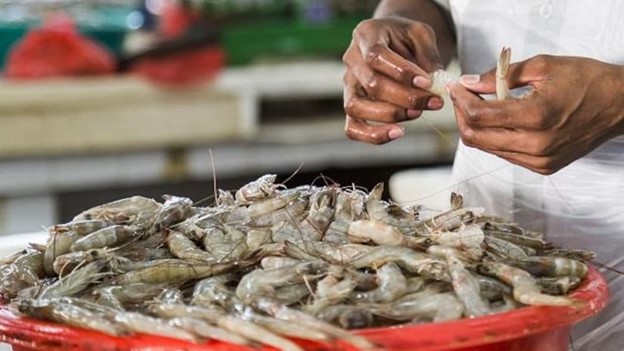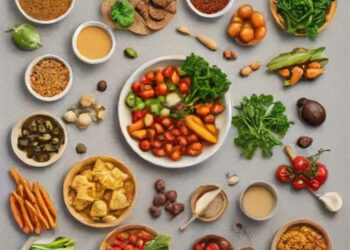According to the commerce ministry, India has a robust regulatory framework for its 548 seafood products and has established top-notch facilities in the fish processing sector, which are regularly assessed and monitored by various government agencies. The statement stems from some alleged reports food safety and poor working conditions in the Indian shrimp industry. It claims that all its units are registered with the MPEDA and FSSAI, and have received approval from EIC. This is in line with their mission. Inspection Council) by law.
In addition, the agency has registered 46 independent pre-processing units. Shrimp hatcheries and aquaculture facilities are registered with the Coastal Water Culture Authority (CAA) and on their basis with national fisheries departments. MPEDA’s registration of aquaculture facilities helps to enhance the traceability system of products and ensure compliance with both domestic and international regulations, such as those outlined in The United States Seafood Import Monitoring Program (SIMP).
“The production and processing systems are regularly monitored by regulatory agencies in India and are subjected to audits by inspectors of the US FDA (Food and Drug Administration), European Commission, GAC of China, Export Inspection Agency, MPEDA, etc., in addition to scores of private and certification audits,” it said.
Pretreatment and processing facilities have been added to comply with HACCP (Hazard Analysis). . and Critical Control Point) based a food safety management system according to US federal regulations. It also said that the use of pharmacologically active ingredients in aquaculture has been banned since 2002 to promote product safety. National regulations and control measures such as the National Residue Control. A plan, ELISA screening laboratories, in-house laboratories and pre-export inspections ensure that food safety hazards, including antibiotic residues, do not enter the product value chain and pose a risk to consumers.
“The inter-departmental task forces in states monitor hatcheries, farms, aquaculture input shops and feed mills and punish the violators to curtail the sale and usage of unauthorized inputs, including banned antibiotics in the aquaculture sector,” it added.
The ministry stated that the use of two antibiotics, chloramphenicol and nitrofuran, has been prohibited in all animal systems used for food production.
MPEDA has also launched ‘Shaphari’, a quality production certification scheme. To maintain excellent standards of hygiene and safety, all technicians and workers in pre-treatment and processing units, as well as farmers, technicians and workers in hatcheries and farms will receive comprehensive training on hygienic practices, food, the ministry said. security risks and good management practices.
These training programs are conducted by various agencies including MPEDA, EIA (Export Inspection Agencies), NaCSA (National Center for Sustainable Aquaculture), State Departments and ICAR (Indian Council of Agricultural Research) institutes which emphasized commitment. to worker welfare and product quality. It further said that all units engaged in business are authorized by the local board and are required to comply with the occupational health and safety laws prescribed by the Union and state governments.
“The seafood pre-processing and processing units maintain all records related to processing, quality checks, employee training, and other requirements of the applicable regulations and rules,” it said, adding that they periodically provide the services of a registered medical practitioner to address workers’ health issues.
“It takes appropriate action to protect the interest and welfare of the labourers. India is steadfast in its commitment to producing quality seafood products free from health hazards,” the ministry said the sustainability of practices to meet domestic and international market demand, adding that India has set up world-class facilities in the fish processing sector, which are regularly inspected and monitored by various government agencies. “We strongly refute the allegations levelled against the Indian shrimp farming and processing sector,” it said.
Shipping from India in 2022-23 has set a new record for both quantity and price (in terms of both US dollars and rupees) in FY17, 35,286 tons of seafood worth 63,969.14 billion rupees ($8.09 billion). Exports improved in 2023. 26.73 percent in volume, 11.08 percent in rupee terms, 4.31 percent in US dollar terms. Frozen shrimp continued to be the largest export by volume and value, while the United States and China emerged as the main importers. seafood for India. Frozen shrimp, which earned 43,135.58 billion rupees ($5,481.63 million), maintained its position as the most important commodity in the seafood export basket. Frozen shrimp accounted for 40.98 percent of the total volume and 7.2 percent of the total volume. in US dollar revenue. The total export of frozen shrimp in 2022-2023 was 7,11,099 tons. The United States imported 2,75,662 tons of frozen shrimp, followed by China with 1,45,743 tons.







